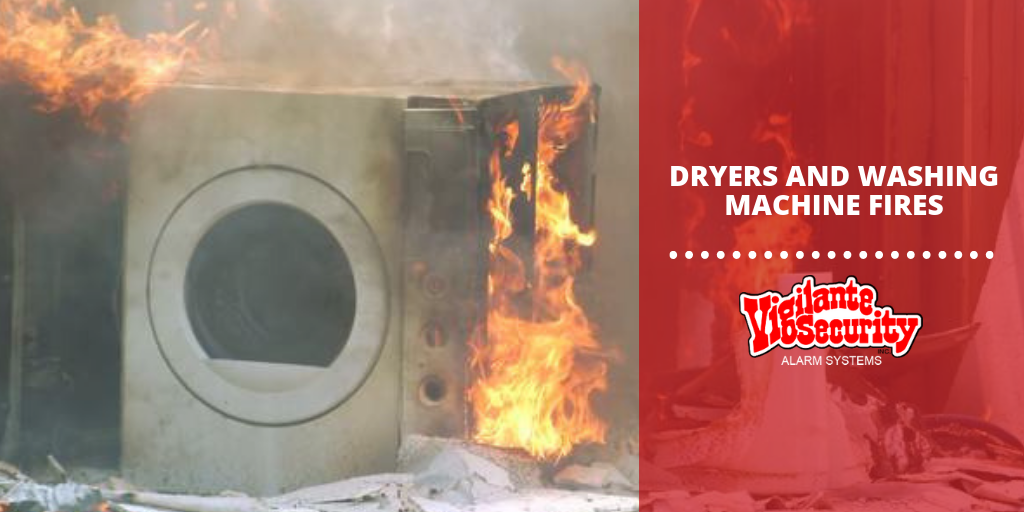Dryers and Washing Machine Fires
- Clothes dryers accounted for 92% of the fires; washing machines 4%, and washer and dryer combinations accounted for 5%.
- The leading factor contributing to the ignition of home fires involving clothes dryers was failure to clean, accounting for one-third (33%) of dryer fires.
- A mechanical or electrical failure or malfunction was involved in the vast majority of home fires involving washing machines.
- Fires involving clothes dryers usually started with the ignition of something that was being dried or was a byproduct (such as lint) of drying, while washing machine fires usually involved the ignition of some part of the appliance.
Doing laundry is most likely part of your everyday routine. But did you know how important taking care of your clothes dryer is to the safety of your home? With a few simple safety tips you can help prevent a clothes dryer fire.
- Have your dryer installed and serviced by a professional.
- Do not use the dryer without a lint filter.
- Make sure you clean the lint filter before or after each load of laundry. Remove lint that has collected around the drum.
- Rigid or flexible metal venting material should be used to sustain proper air flow and drying time.
- Make sure the air exhaust vent pipe is not restricted and the outdoor vent flap will open when the dryer is operating. Once a year, or more often if you notice that it is taking longer than normal for your clothes to dry, clean lint out of the vent pipe or have a dryer lint removal service do it for you.
- Keep dryers in good working order. Gas dryers should be inspected by a qualified professional to make sure that the gas line and connection are intact and free of leaks.
- Make sure the right plug and outlet are used and that the machine is connected properly.
- Follow the manufacturer’s operating instructions and don’t overload your dryer.
- Turn the dryer off if you leave home or when you go to bed.
The clothes dryer is an indispensable convenience and necessity. However, damaging fires can occur if clothes dryers are not properly installed and maintained.
FACT: The leading cause of home clothes dryer fires is failure to clean them.
Smoke Alarms in Clothes Dryer Fires in Occupied Residential Buildings
Smoke alarms were reported as present in 64 percent of clothes dryer fires in occupied residential buildings. In 16 percent of clothes dryer fires there were no smoke alarms present. In another 21 percent of these fires, firefighters were unable to determine if a smoke alarm was present. When smoke alarms were present (64 percent) and the alarm operational status is considered, the percentage of smoke alarms reported as present consisted of:
- Smoke alarms present and operated—42 percent
- Smoke alarms present but did not operate—16 percent (alarm did not operate, 8 percent; fire too small, 8 percent)
- Some alarms present, but operational status unknown—6 percent
Smoke detectors need to be installed on all levels of your home, including basement and attic, as well as all sleeping rooms. These detectors should be wired to each other so if one sounds, they all sound.
The smoke detectors should be wired to the house power source, with battery backup. And most importantly, they should be connected to your Vigilante Security, Inc. monitored home alarm system so an alarm signal will be sent to the central station when smoke is detected. The central station will dispatch the fire department as soon as the signal is received. This is very important when no one is home. The alarm system can also monitor the smoke detectors for any loss of power, as well as the battery life.

